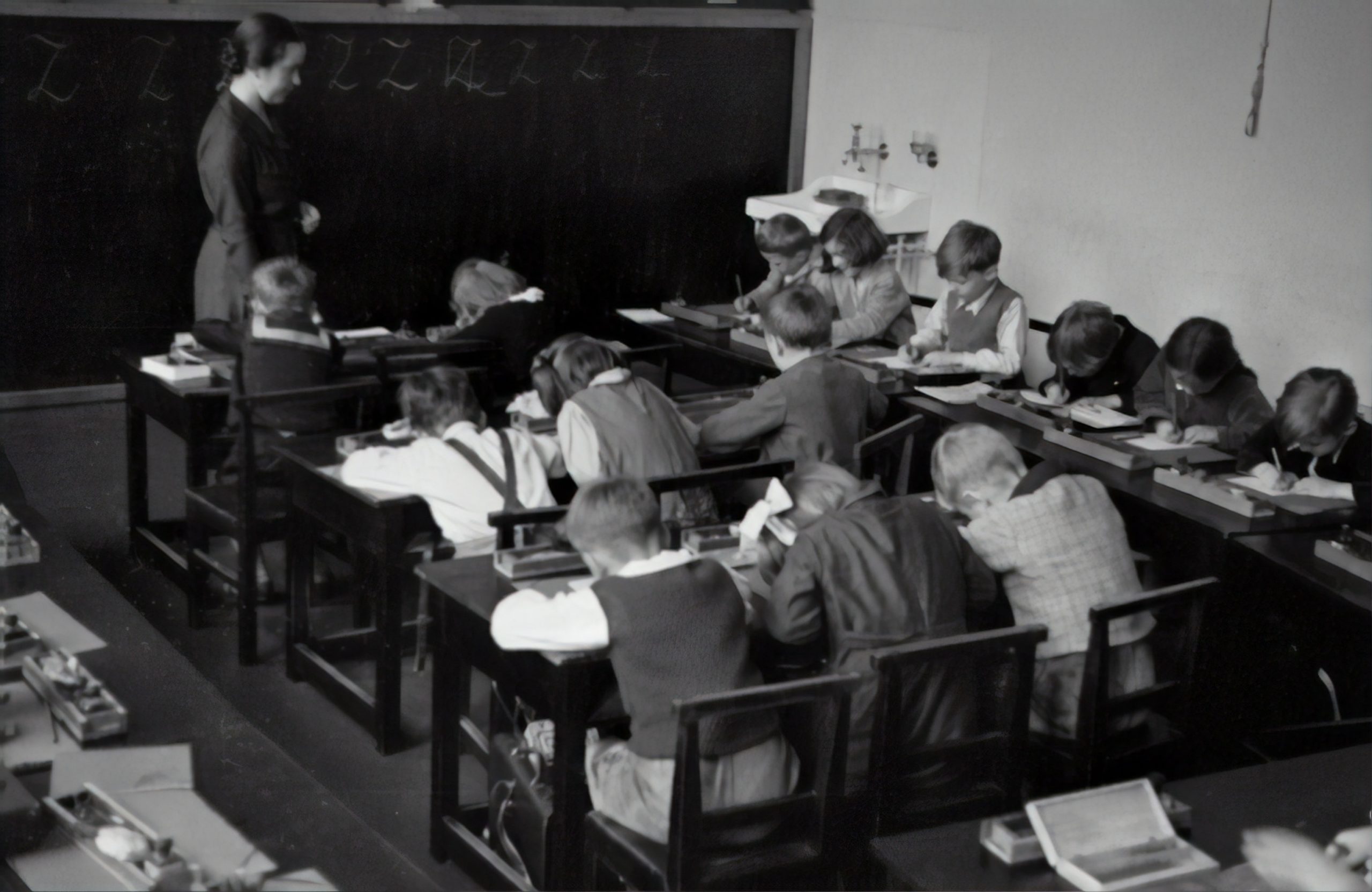Introduction to Nonverbal Communication
Have you ever heard the phrase “actions speak louder than words”? It’s no secret that nonverbal communication plays a crucial role in our daily lives, especially in leadership positions. Being able to read and interpret body language can give you valuable insights into what others are thinking or feeling, without them saying a word. In this blog post, we’ll delve into the different types of nonverbal communication and how to master reading male/female body language in leadership. Get ready to become an expert at deciphering those subtle cues!
The Different Types of Nonverbal Communication
Nonverbal communication is a powerful tool in understanding others and conveying messages without using words. There are various types of nonverbal communication, each with its own unique characteristics and significance.
Facial expressions are the most common type of nonverbal communication that we use to convey emotions such as happiness, sadness, anger, surprise or fear. A smile can indicate friendliness and openness whereas a frown can signal displeasure or disapproval.
Body language is another type of nonverbal communication which involves the movements and gestures made by our bodies such as posture, hand movements or eye contact. For example, leaning forward might show interest while crossing arms might suggest defensiveness.
Proxemics refers to how people use space when communicating with one another. This includes personal space (how far apart individuals stand from one another), territoriality (how we mark our territory) and touch (the amount of physical contact between individuals).
Paralinguistics refer to vocal cues that communicate meaning beyond the words themselves like tone of voice, volume or pitch. It can range from whispering softly in someone’s ear to shouting at them across a room.
Nonverbal communication plays an important role in helping us understand others better and it’s essential for leaders to be able to read these cues accurately so they can effectively manage their teams. By mastering different types of nonverbal communication you will become more aware not only about yourself but also about those around you allowing you to build stronger relationships both personally and professionally.
How to Read and Interpret Male Body Language
When it comes to understanding male body language, there are a few key things to look out for. Firstly, pay attention to his posture – if he’s standing up straight with his chest puffed out, he may be trying to assert dominance or show confidence. On the other hand, if he’s slouching and avoiding eye contact with you, this could indicate nervousness or discomfort.
Another important aspect of male body language is facial expressions. If a man is smiling while making direct eye contact with you, it’s likely that he’s interested in what you’re saying and engaged in the conversation. However, if his face appears tense or closed off (such as pursed lips or furrowed brows), this could indicate that he disagrees with what you’re saying or feels uncomfortable.
Gestures can also reveal a lot about how a man is feeling – for example, crossed arms can suggest defensiveness or resistance to new ideas. Alternatively, open palms facing upwards can be seen as a sign of openness and honesty.
Remember that interpreting male body language isn’t an exact science – every person is different and may display their emotions in unique ways. It’s always best to use these cues as general guidelines rather than hard-and-fast rules when communicating with others.
How to Read and Interpret Female Body Language
Understanding female body language is an essential skill for any leader. Women tend to communicate differently than men, and their nonverbal cues can often be more subtle and nuanced. Here are some tips on how to read and interpret female body language:
1. Pay attention to facial expressions: Women tend to use a wider range of facial expressions than men, so it’s important to pay close attention to them. Look for signs of happiness, sadness, anger or frustration in the eyebrows, eyes, mouth and nose.
2. Observe posture: A woman’s posture can give you clues about her level of confidence or interest in the conversation. If she’s slouching or crossing her arms over her chest, she may not be fully engaged or comfortable with the discussion.
3. Watch hand gestures: Women often use subtle hand gestures when communicating nonverbally. For example, playing with jewelry or hair could indicate nervousness or uncertainty.
4. Listen carefully: While this isn’t strictly related to body language per se, women also tend to communicate through tone of voice more than men do – so listen closely for changes in pitch or intonation that might convey additional meaning beyond their words alone.
5. Take cultural differences into account: Different cultures place different meanings on certain types of nonverbal communication – especially when it comes to touch – so it’s important not only to observe but also understand what these cues mean within someone else’s culture as well.
By taking these tips into consideration and learning how they apply specifically within your own context will help you better understand your female colleagues’ intentions without misinterpreting anything based upon preconceived notions about gender norms in communication styles!
The Impact of Nonverbal Communication in Leadership
Nonverbal communication plays a crucial role in leadership. It can impact the way you are perceived by your team and how successful you are in achieving your goals as a leader.
One of the most important aspects of nonverbal communication is body language. As a leader, it’s essential to understand that every movement communicates something to others around us. For example, standing up straight with shoulders back suggests confidence, while slouching implies uncertainty or lack of interest.
Facial expressions also play an important role in nonverbal communication. A smile can be contagious and convey warmth and approachability, while frowning or looking angry may create negative emotions among team members.
Another aspect of nonverbal communication that affects leadership is tone of voice. The way we speak can communicate our emotions and attitudes towards others. Speaking with authority but also being mindful not to sound aggressive helps establish respect for leaders from their teams.
Understanding cultural differences is critical when interpreting nonverbal cues accurately during cross-cultural interactions between teammates or clients worldwide.
Mastering nonverbal communication as a leader requires conscious effort and practice in using different techniques such as body language, facial expression management & tone modulation to enhance influence over the team members positively without any verbal discussion at times
Conclusion
In today’s fast-paced world, where communication is key to success, mastering nonverbal communication can make the difference between a good leader and a great one. Understanding body language signals of both males and females can help leaders connect with their teams more effectively and build strong relationships based on trust.
As we have seen in this article, nonverbal communication encompasses different aspects such as facial expressions, posture, gestures, eye contact, and tone of voice. Being aware of these cues can help us interpret the message behind someone’s words.
When it comes to reading male or female body language specifically in leadership roles, there are certain differences that need to be addressed. For instance, men tend to use larger gestures while speaking than women do. Women usually display more subtle facial expressions but are also better at detecting emotions from others.
By developing our ability to read and interpret nonverbal cues effectively regardless of gender differences will enable us as leaders to communicate clearly with our team members not only through speech but also through body language signals. This skill will ultimately lead us towards becoming better communicators resulting in stronger connections with those around us.










